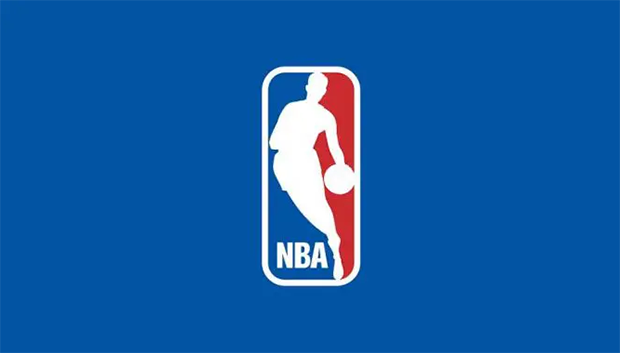November 19th, 2004. Detroit, Michigan.
The day that anyone associated with the modern NBA will never forget. A predominately black league with a growing image problem had what looked to be Armageddon. That’s the night it looked like it would all come crashing down for David Stern and the league.
In a game that was contentious throughout, the Pistons and the Pacers should’ve had the bench players in. Inexplicably, they left their starters in a game that was over on the scoreboard and the worst happened. Ron Artest (Pacers) fouled Ben Wallace hard and what happened after that not only changed the path of both franchises but the league as a whole. The pushing and jawing made its way to center court where a fan decided it would be funny to throw an object at Artest. This set off one of the worst public relations incident in league history as players and fans fought each other on the court and in the stands.
Every “I hate the NBA Guy” in America had their soapboxes on full display as they had ammunition to justify not supporting a sport that they weren’t supporting anyway. Everyone in the league morphed into “thugs” and there wasn’t much the league could do to stop all of the racist undertones that appeared anytime anyone said “NBA”.
A year later, still reeling from what was deemed the “Malice in the Palace”, Stern took it a step further and instituted a dress code. This was a direct attack on who the NBA consumers were thought to be. His goal was to use that as a springboard to changing the league’s image. Have players dress differently and maybe they would be viewed differently. Though I doubt that had anything to do with the league’s rebirth, it had an unintended consequence. It seemed to be the beginning of the players and owners working in accord. Instead of it being viewed negatively by the players (and yes there were a few who didn’t like it), it was embraced.
Owners put it in and players used it to open up another revenue stream. Knowing that they would be shown coming into the arena, the likes of Dwayne Wade, LeBron James, Kobe Bryant, Russell Westbrook and many more made it their own personal fashion runway. The players and owners learned that if they could work with each other, the league would take off on its own. There was no need to say “we’re the boss, you’re the employees”.
This has continued to this day as current NBA Commissioner Adam Silver has found a middle ground between the players and owners. Players ask for less back to backs. Got it. The season schedule has been extended out and even though it isn’t a high percentage of fewer back to backs it’s a start. Owners and networks want to see less of the stars having scheduled nights off. That’s been taken care of also as the league instituted a policy that will lessen the amount of times this is done.
The players want to make social statements. That’s also a non-issue. Though I doubt you will see anyone sit during the National Anthem, the players have long had a voice after Mahmoud Abdul-Rauf was railroaded out of the league. We’ve seen hoodies, t-shirts and other expressions that show that the current players aren’t just guys who can ball. They are aware of what is going on in their community and in this world as a whole. They don’t fall into the ‘gangsta, dumb athlete’ stereotype that many want them to fall into.
With all the social issues and dialogue on freedom of expression in sports, you can look to the NBA as the model for players and owners to work together. A far cry from that cold night in November of 2004.
Follow Making the Cut on Twitter and Instgram at @mtcwithmook

